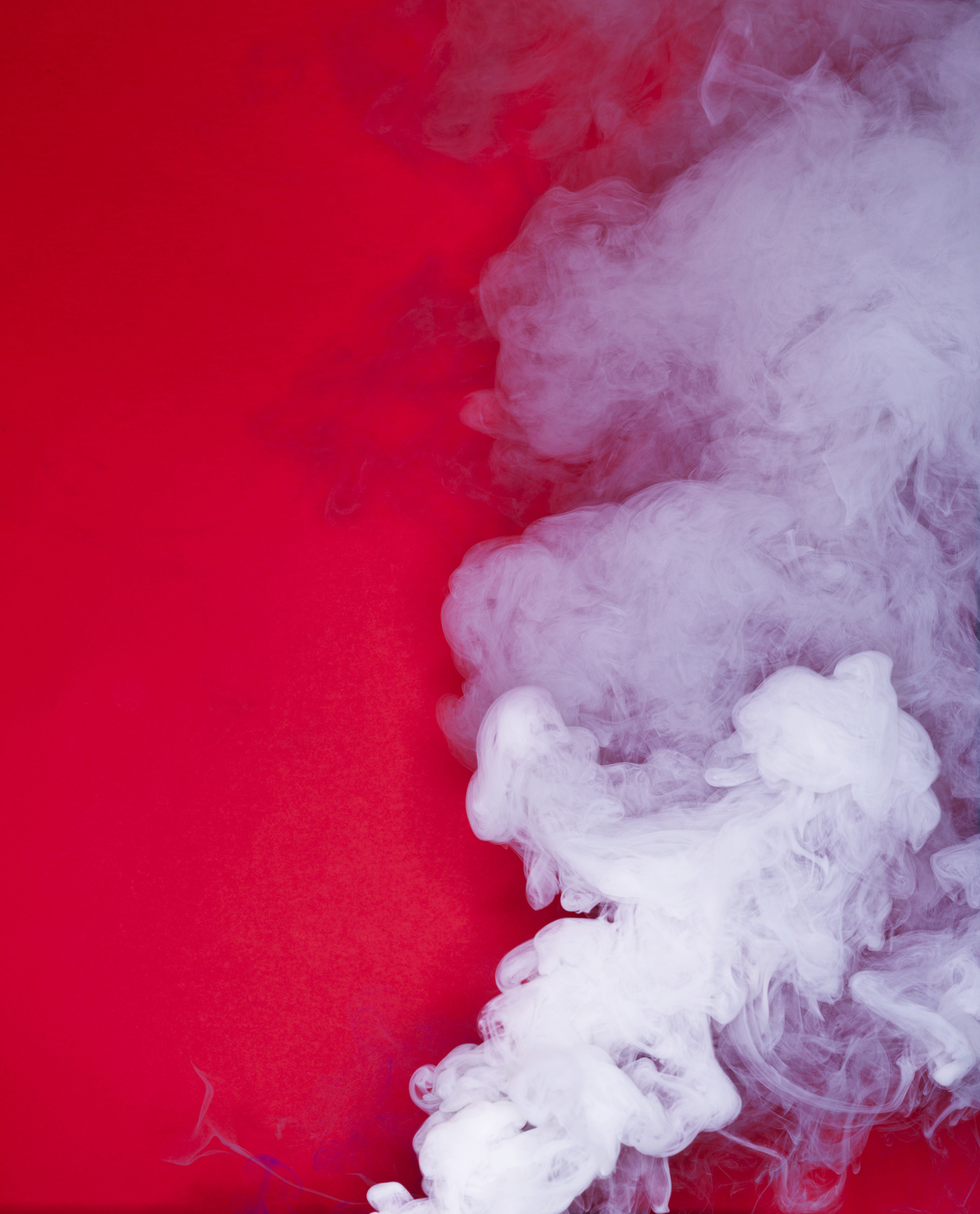
At first glance, London’s Oxford Street looks like any other pristine urban corridor. Trees bloom. Taxis honk. Shoppers flock to stores like Starbucks, Uniqlo and the Gap. Of all the words you could use to describe this destination, dangerous would be low on the list.
But the air that flows through Oxford Street is far from benign. Over time, it has become saturated with nitrogen dioxide, a pollutant that is invisible to the naked eye and contributes to a number of health issues–asthma, lung disease, even death–if inhaled on a regular basis. In August, London’s mayor, Sadiq Khan, dubbed Oxford “the most polluted street in the world” in terms of nitrogen dioxide (though that distinction is always in flux).
This is not the narrative we’re used to hearing about air pollution, which for years has been associated with obvious markers, like fumes and smog, in developing countries. Now, however, it affects everyone. A recent report from the World Health Organization (WHO) estimates that roughly 9 out of 10 people live in areas with excessive air pollution. That includes the usual suspects, such as New Delhi and Beijing, as well as cities like London, Paris and New York. And even in less populated areas, there’s risk “down to the lowest levels we can measure,” says Michael Brauer, an environmental-health professor at the University of British Columbia.
The consequences are dire. In recent years, researchers have linked air pollution–even in small amounts–to a range of medical conditions. Many of them are cardiovascular or respiratory, such as lung cancer and heart disease. But research suggests that inhaling bad air can also disrupt pregnancy and even alter brain function. In sum, air pollution contributes to more than 3 million premature deaths each year, according to the WHO. And while developing countries are the worst hit, around 40,000 of those deaths occur in the U.K. and 10,000 in the U.S.
How did things get so bad? The answers depend on where you live. In the developing world, the main culprit is rapid industrial growth, which has led to the creation of dirty factories and coal-fired power plants. In Europe, it’s mostly the rise of diesel-powered cars, which emit nitrogen dioxide. In the U.S., it’s a combination of both factories and gas-powered cars. Globally, though, lawmakers have lately ignored the problem until it (often literally) arrives at their doorstep.
Slowly, that’s starting to change. In London, Oxford Street and other polluted roads will soon be permanently car-free. In Mexico City, every car is now required to spend one day a week off the road to cut down on tailpipe emissions. In Los Angeles, transit officials have cited air pollution as a key driver behind a move to electric buses. And in Beijing, the government closes some factories on particularly smoggy days. Many policymakers hope measures to address climate change, like last year’s Paris Agreement, will also help reduce pollution.
These moves represent an important start, but a real push to clean the air will take years if not decades. The biggest barrier to such efforts may be the cost, real or imagined. Developing countries rely on factories to fuel growth, and officials have long feared that breaking that habit may hurt their economies. There are regulatory hurdles as well. President Obama first announced his Clean Power Plan, which would close many of America’s coal-fired power plants, in 2014. It was supposed to take effect in September, but state governments and coal groups slowed the measure with litigation.
In the meantime, a slew of scientists, environmentalists and entrepreneurs are trying to hack the problem on their own. Among them: Vogmask and Cambridge Mask Co., which offer stylish versions of the N95 air-filtration mask, and TZOA, whose Fitbit-like device allows users to track the air quality around them in real time. One group of designers is even making a personal “air bubble” helmet.
Of course, these efforts are treating the symptoms, not the problem. But for many, that’s better than nothing. “It’s all about minimizing exposure,” says Ziv Lautman, co-founder of BreezoMeter, which makes a Google Maps–like app to help users navigate around pollution. “That’s our goal.”
For more on these stories, visit time.com/ideas
More Must-Reads From TIME
- The 100 Most Influential People of 2024
- The Revolution of Yulia Navalnaya
- 6 Compliments That Land Every Time
- Stop Looking for Your Forever Home
- If You're Dating Right Now , You're Brave: Column
- The AI That Could Heal a Divided Internet
- Fallout Is a Brilliant Model for the Future of Video Game Adaptations
- Want Weekly Recs on What to Watch, Read, and More? Sign Up for Worth Your Time
Write to Justin Worland at justin.worland@time.com